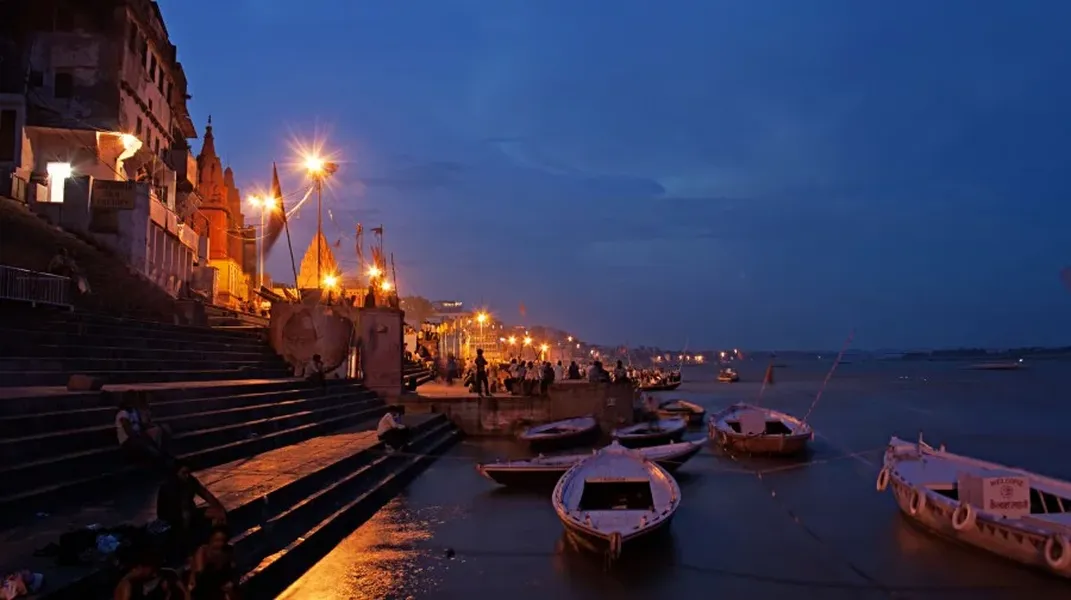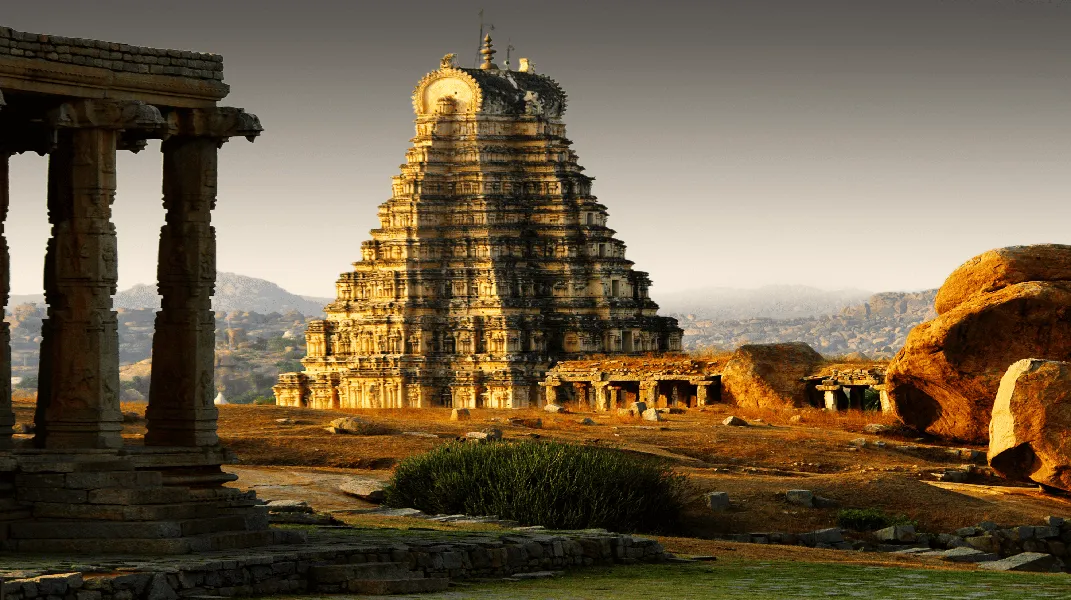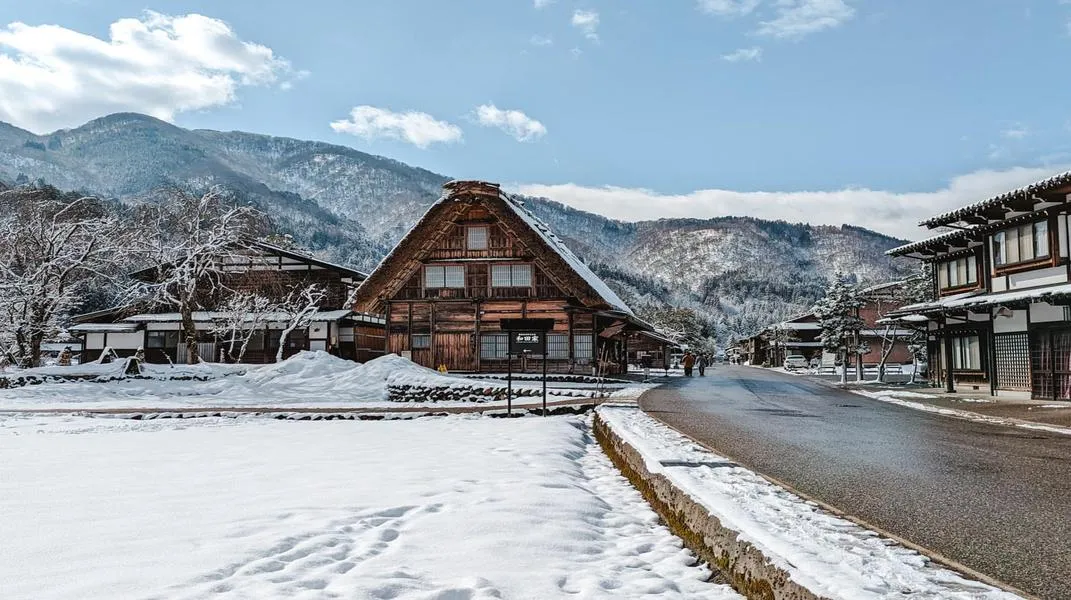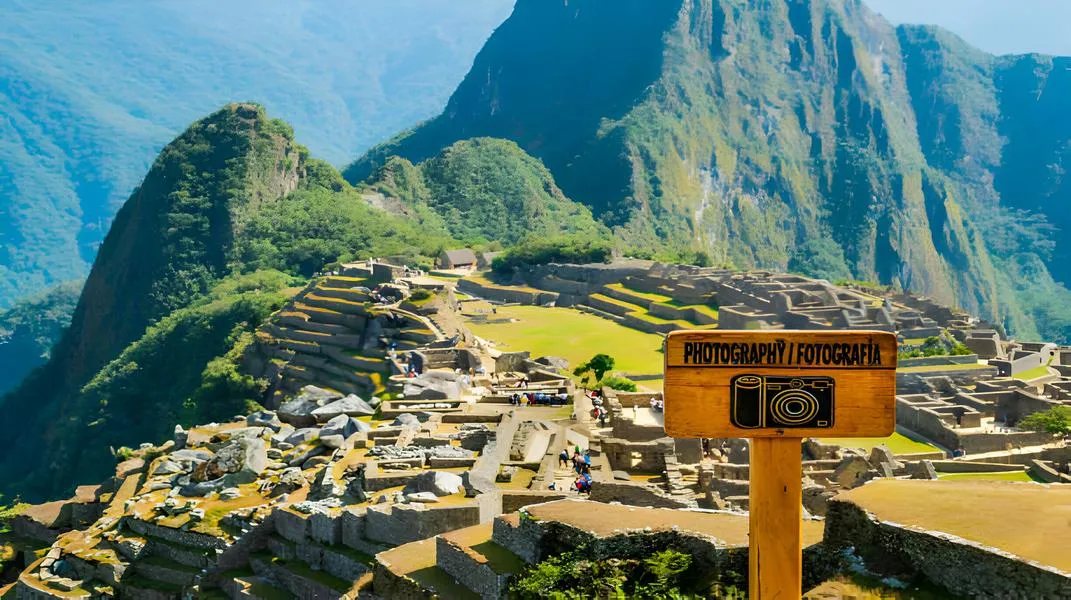Varanasi: The Spiritual Heart of India
Varanasi, known as Kashi or Benaras, is one of the oldest inhabited cities in the world and a significant cultural and spiritual hub in India. This ancient city, situated on the banks of the sacred Ganges River in Uttar Pradesh, draws millions of tourists and pilgrims each year, making it a unique tourist attraction that blends spirituality, culture, history, and a vibrant local life. In this article, we will explore the rich heritage of Varanasi, its key attractions, and the essential materials you need to prepare for a visit to this enchanting destination.

A Glimpse into Varanasi's History
Varanasi’s history dates back over 3,000 years, making it one of the oldest cities in the world. It has been a center for learning and civilization, with a significant influence on religion, philosophy, and the arts. The city is a major pilgrimage site for Hindus, who believe that dying here allows one to attain salvation (moksha). Varanasi has been immortalized in numerous texts, from ancient scriptures to modern literary works, and continues to be a symbol of India’s spiritual essence.
The Spiritual Significance of Varanasi
Varanasi is considered the spiritual capital of India. The Ganges River, which flows through the city, is revered as a goddess, and bathing in its waters is believed to cleanse the soul of sins. The city's ghats (steps leading down to the river) are bustling with activity, especially during rituals and ceremonies. The most famous ghat, Dashashwamedh Ghat, hosts the Ganga Aarti, a mesmerizing evening prayer ceremony that attracts thousands of spectators.
The city is also home to numerous temples, with the Kashi Vishwanath Temple being the most significant. Dedicated to Lord Shiva, this temple is a pilgrimage site for millions and is known for its exquisite architecture and vibrant atmosphere.
Key Attractions in Varanasi
1. The Ghats
The ghats of Varanasi are the lifeblood of the city. Each ghat has its own unique character and significance. Some of the most notable ones include:
- Dashashwamedh Ghat: This is the most famous ghat, known for the Ganga Aarti. The ceremony features priests performing rituals with lamps, chanting hymns, and offering flowers to the river.
- Manikarnika Ghat: This is the primary cremation ghat, where Hindus come to perform last rites. It is a place of deep spiritual significance and offers a glimpse into the cycle of life and death.
- Assi Ghat: Located at the southern end of Varanasi, Assi Ghat is popular among tourists and locals alike. It is a great spot for boat rides and offers stunning views of the sunrise over the river.
2. Kashi Vishwanath Temple
The Kashi Vishwanath Temple is one of the twelve Jyotirlingas dedicated to Lord Shiva. The temple is known for its magnificent gold-plated dome and intricate architecture. Pilgrims visit the temple to offer prayers and seek blessings, and it is often crowded with devotees.
3. Sarnath
Located just a few kilometers from Varanasi, Sarnath is an important Buddhist pilgrimage site where Lord Buddha delivered his first sermon. The site features several ancient stupas, the Ashoka Pillar, and a museum showcasing Buddhist artifacts. Sarnath offers a tranquil atmosphere and a chance to explore the roots of Buddhism.
4. The Silk Weaving Industry
Varanasi is famous for its handwoven silk sarees, known as Banarasi sarees. A visit to the local weaving centers provides insight into this ancient craft. Tourists can shop for exquisite silk products and learn about the intricate process of weaving.
5. The Ganga River
A boat ride on the Ganges offers a unique perspective of Varanasi. Early morning rides are particularly magical, as the sun rises over the river and the ghats come alive with activity. Evening boat rides during the Ganga Aarti provide a breathtaking view of the illuminated ghats and the spiritual fervor that envelops the city.
Preparing for Your Visit to Varanasi
A visit to Varanasi requires some preparation to ensure a smooth and enriching experience. Here’s a comprehensive guide of materials and tips you should consider before your trip.
1. Travel Essentials
- Travel Documents: Ensure you have your identification, travel insurance, and any necessary health documents.
- Currency: The local currency is Indian Rupees (INR). It’s advisable to carry some cash as not all places accept credit or debit cards. ATMs are widely available.
- Clothing: Varanasi can be hot during the day and cooler in the evenings. Lightweight, breathable clothing is recommended. Modest attire is preferred, especially when visiting temples. Women may consider carrying a dupatta or scarf to cover their shoulders.
- Comfortable Footwear: Since you’ll be exploring the ghats and narrow lanes, comfortable walking shoes or sandals are essential.
2. Health and Safety
- Vaccinations: Check with your healthcare provider regarding recommended vaccinations before traveling to India.
- Medication: Carry any personal medication you may need, along with a basic first aid kit, including medications for common ailments like headaches, stomach issues, and allergies.
- Hydration: Carry a reusable water bottle to stay hydrated. Make sure to drink bottled or filtered water to avoid any health issues.
3. Cultural Etiquette
- Respect Local Customs: Varanasi is a highly spiritual place. Be respectful during ceremonies and rituals, and ask for permission before taking photographs, especially in sacred areas.
- Bargaining: When shopping in local markets, bargaining is common practice, so be prepared to negotiate prices.
- Tipping: Tipping is customary in restaurants, for guides, and when using services like rickshaws. A tip of 10-15% is generally appreciated.
4. Transportation
- Local Transportation: Varanasi has auto-rickshaws, cycle-rickshaws, and taxis. Apps like Uber and Ola are also available for convenient transportation.
- Walking: Exploring on foot is one of the best ways to experience Varanasi. The narrow lanes and alleyways are filled with shops, cafes, and local life.
5. Itinerary Planning
- Allocate Time: Plan for at least three days in Varanasi to explore the key attractions, experience the ghats, and visit nearby places like Sarnath.
- Guided Tours: Consider hiring a local guide for a more insightful experience. They can provide historical context and help navigate the city.
Conclusion
Varanasi is a city that transcends time, offering a blend of spirituality, culture, and history like no other. Its ghats, temples, and vibrant local life create an atmosphere that resonates with visitors on a profound level. Whether you are seeking spiritual enlightenment, cultural immersion, or simply a unique travel experience, Varanasi has something to offer everyone.
As you prepare for your visit, ensure you have the necessary materials and mindset to truly engage with this remarkable city. With its captivating allure and deep-rooted traditions, Varanasi will leave an indelible mark on your heart and soul, making it a journey worth undertaking.




